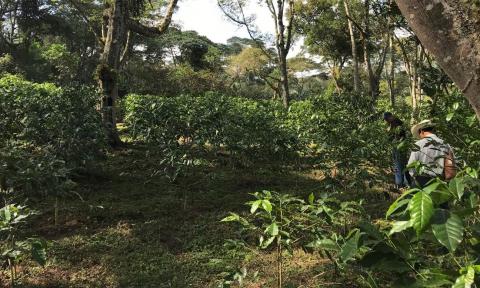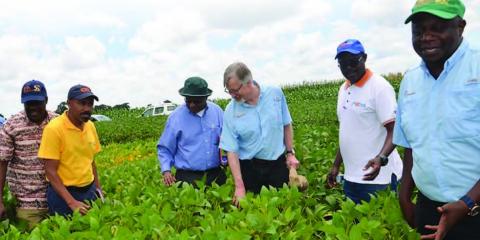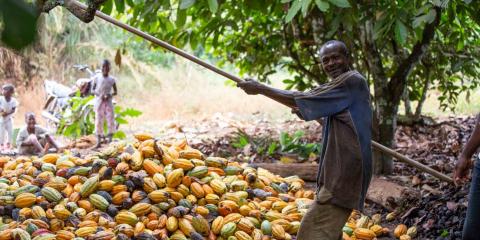URBANA, Ill – The world’s ecosystems quietly keep human beings alive, and we largely do not notice their impacts until they are gone. Take forests, for example, whose services are valued at $4.7 trillion each year. Trees capture and filter water running through the landscape, which maintains aquatic habitat and improves water supplies for drinking and recreation.
Deforestation has diminished ecosystem services to the detriment of many communities, but policies like payments for hydrological services (PHS) can provide funds for preservation efforts. A new study from the University of Illinois explores ways to make these programs more effective, financially sustainable, and adapted to domestic user preferences.
The study focuses on the conservation of forestland to provide hydrological services in Veracruz, one of the most intensely deforested states in Mexico. The region struggles with both water quality and water regulation issues.




